Fashion
#Kaxan 2020: Photos from Ghanaian actress, Xandy Kamel’s wedding

Xandy Kamel is the first celebrity to tie the knots following the outbreak of the pandemic coronavirus.
Kumawood actress, Xandy Kamel, has walked down the aisle with her missing rib.
The actress cum TV presenter tied the knot with King Kaninja, a sports presenter with Angel FM, at a private ceremony on Thursday, May 14, 2020.
Unlike the usual Kaba and slit outfit wore by most celebrities for the traditional wedding, Xandy went the kente wrapped way looking elegant and like a queen mother.
Her wrapped kente featured some beads on her arms and legs making her look extraordinary on her big day.
Xandy’s bridal make was nude and it looked perfect on her face.
The groom, Kaninja also looked dapper in traditional kente cloth that matched with his wife’s stunning apparel.
The two had their white wedding on the same day and as usual, Xandy looked stunning.
Xandy didn’t disappoint us with her fashion choices for her wedding gown. She looked elegant in a sleeveless gown.
The floor-sleeping dress also featured glittering beads that make her look extraordinary.
Xandy Kamel rocked a wrapped long hairstyle, stud earrings while flaunting her beautiful ring.
pulse.com
Fashion
Creativity and Craftsmanship Shine at Ghana Menswear Week 2025
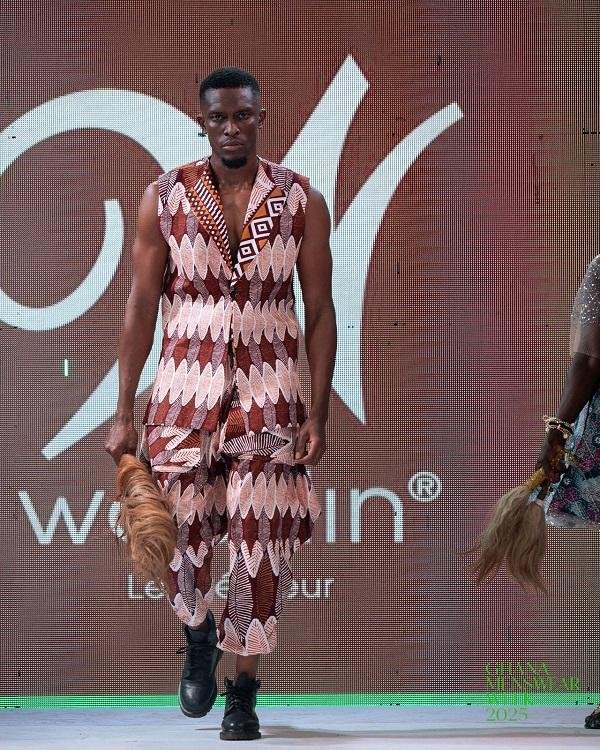
The World Trade Centre in Accra came alive from August 30–31 as Ghana Menswear Week 2025 showcased cutting-edge trends, creativity, and craftsmanship in men’s fashion. The annual event drew designers, fashion enthusiasts, and industry insiders from Ghana and beyond.
Now in its ninth year, the event—described by founder Nana Mensah as the “Men’s Fashion Olympics”—celebrates the innovation of African designers and the diversity of their creations.
This year featured a lineup of young designers including 97 Urban, The Ugly Youth, Larry Studios, Kwadwo Man, Dapper Jayden, Stylenique Siblings, and Ryker Collection/The Cap Culture, who captivated the audience with bold urban aesthetics and youthful energy.
A vibrant collaboration with Woodin Ghana added color and flair to the show. Designers Amonu Whyte and House of Micky used the brand’s iconic fabrics to craft a diverse range of stylish menswear pieces, blending tradition with modern creativity.
Ghana Menswear Week 2025 reinforced its reputation as a premier platform for celebrating African design, innovation, and craftsmanship, inspiring the next generation of menswear designers.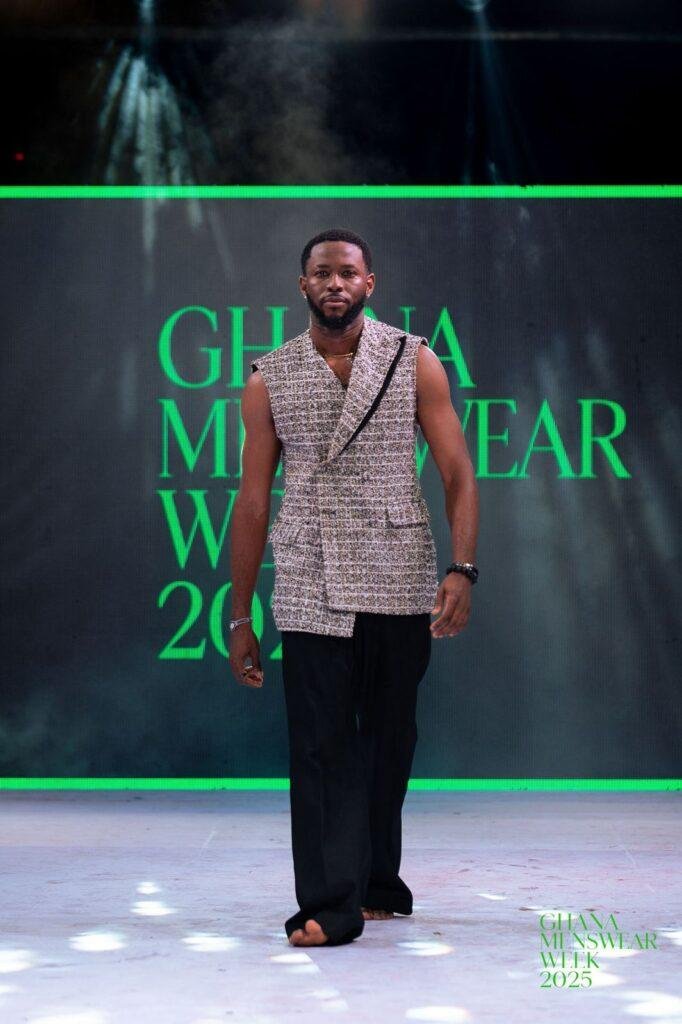
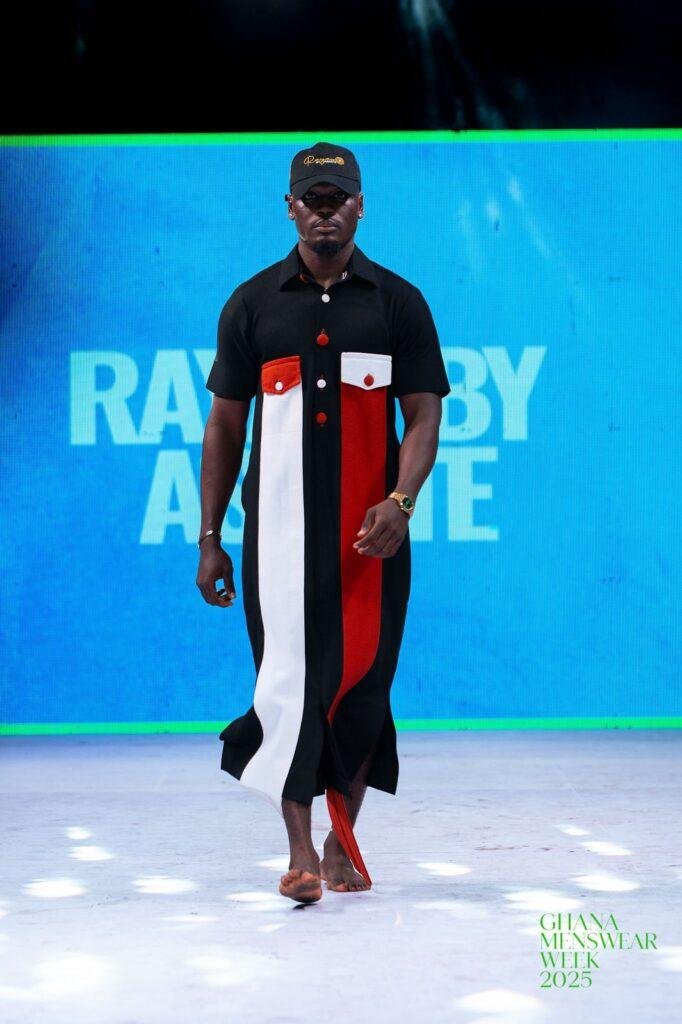
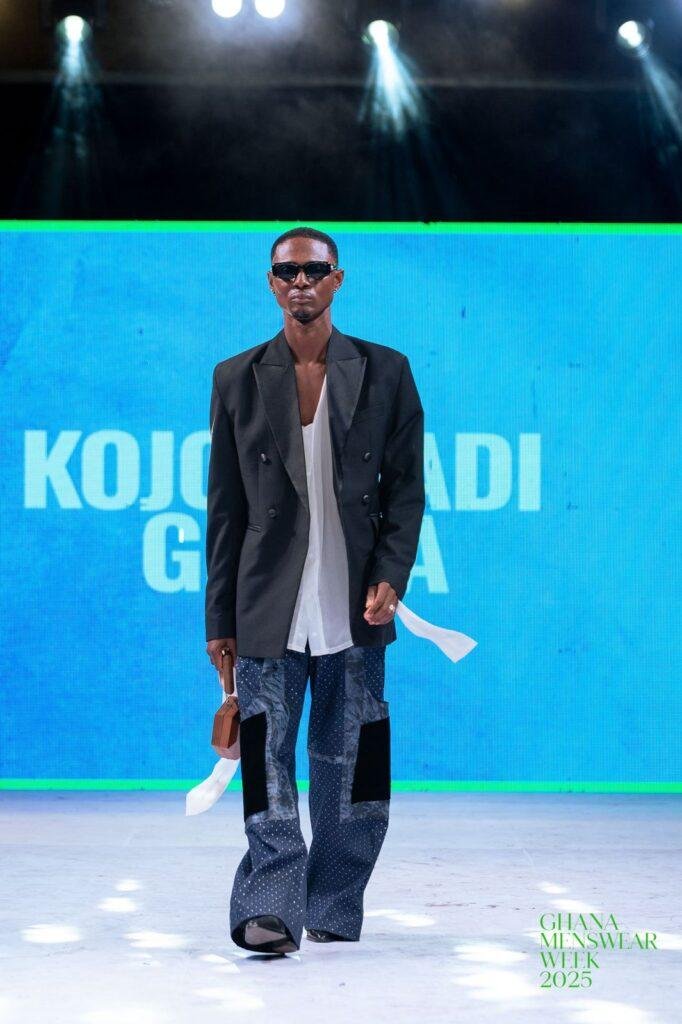
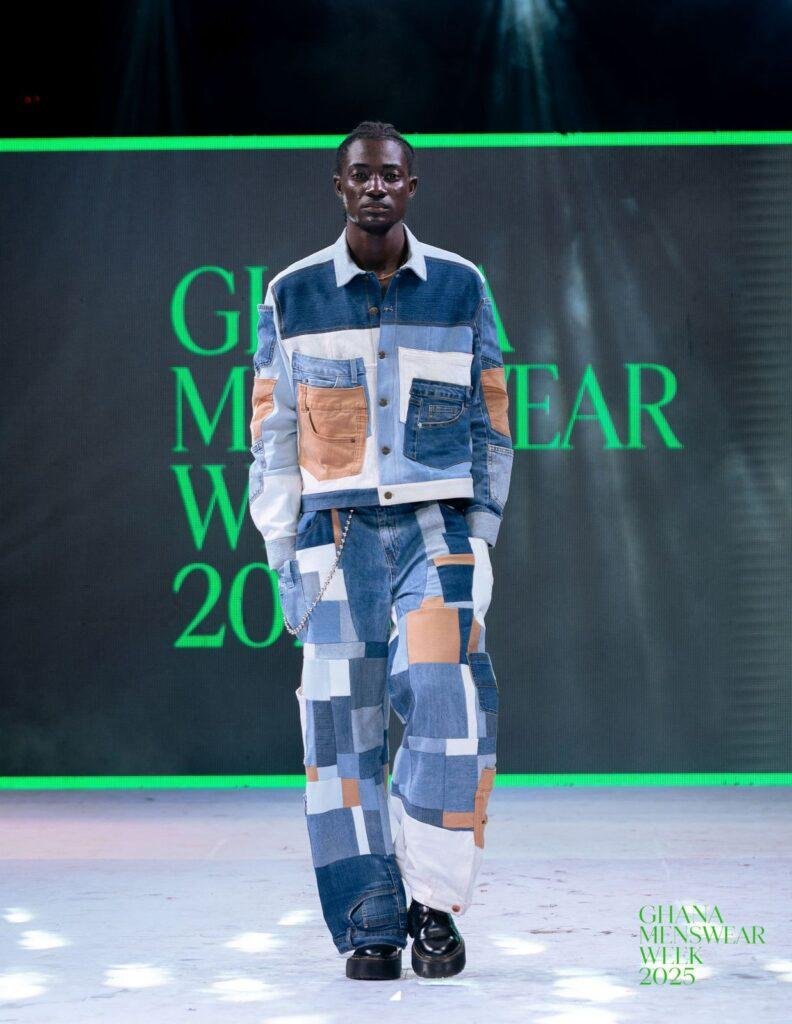
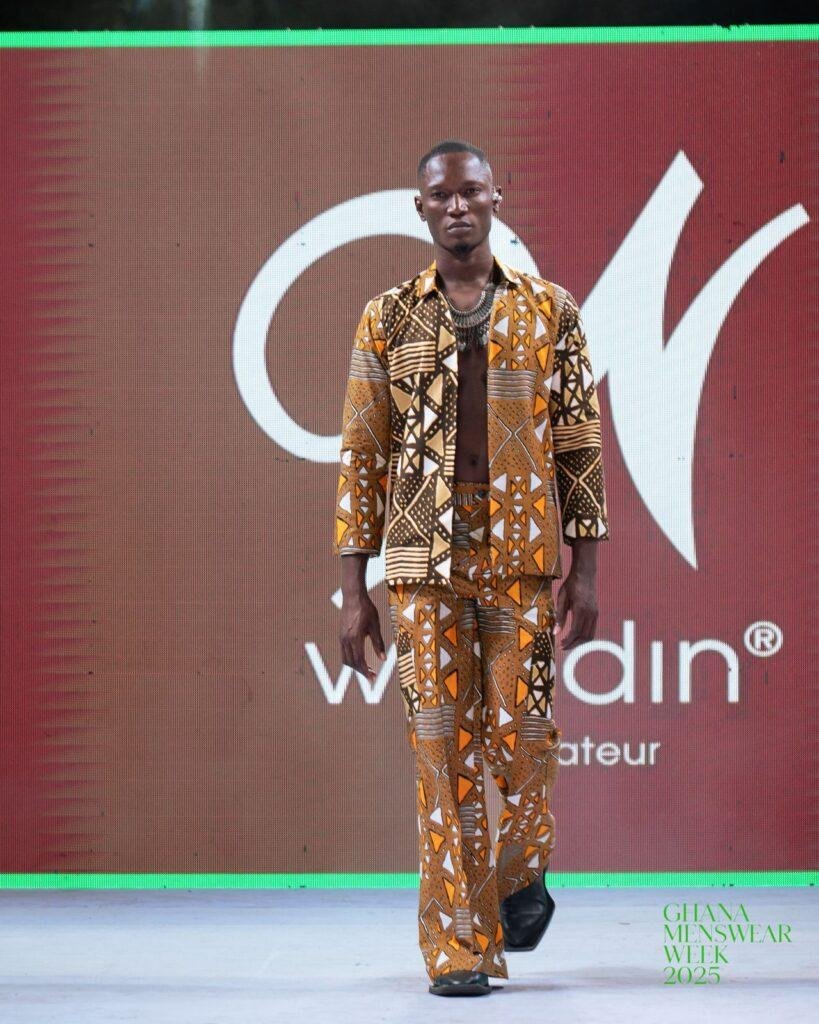

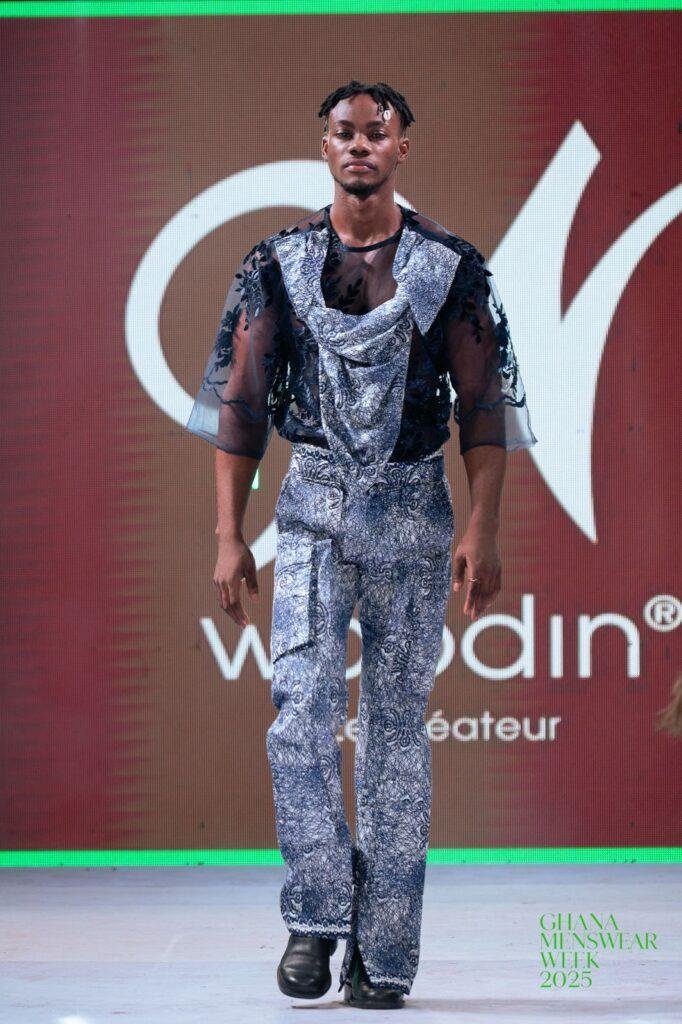
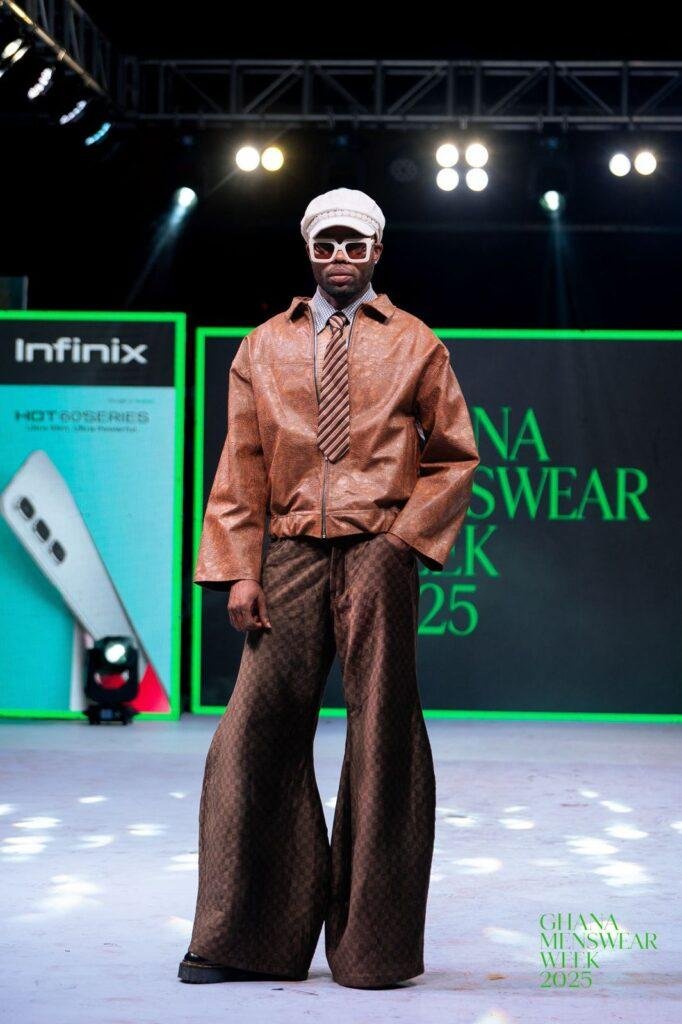
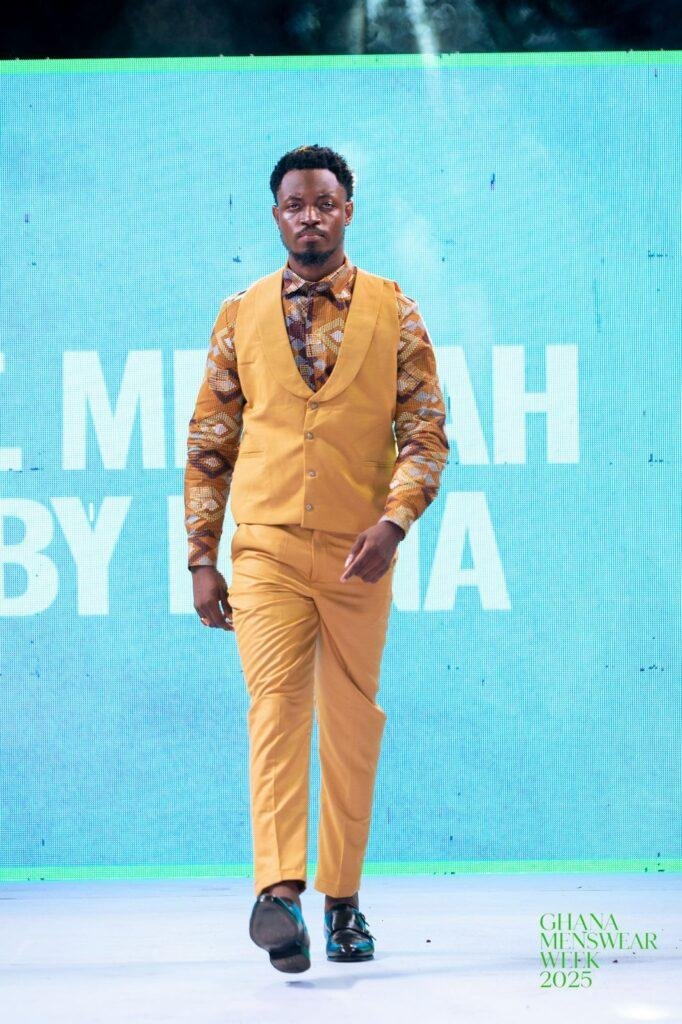
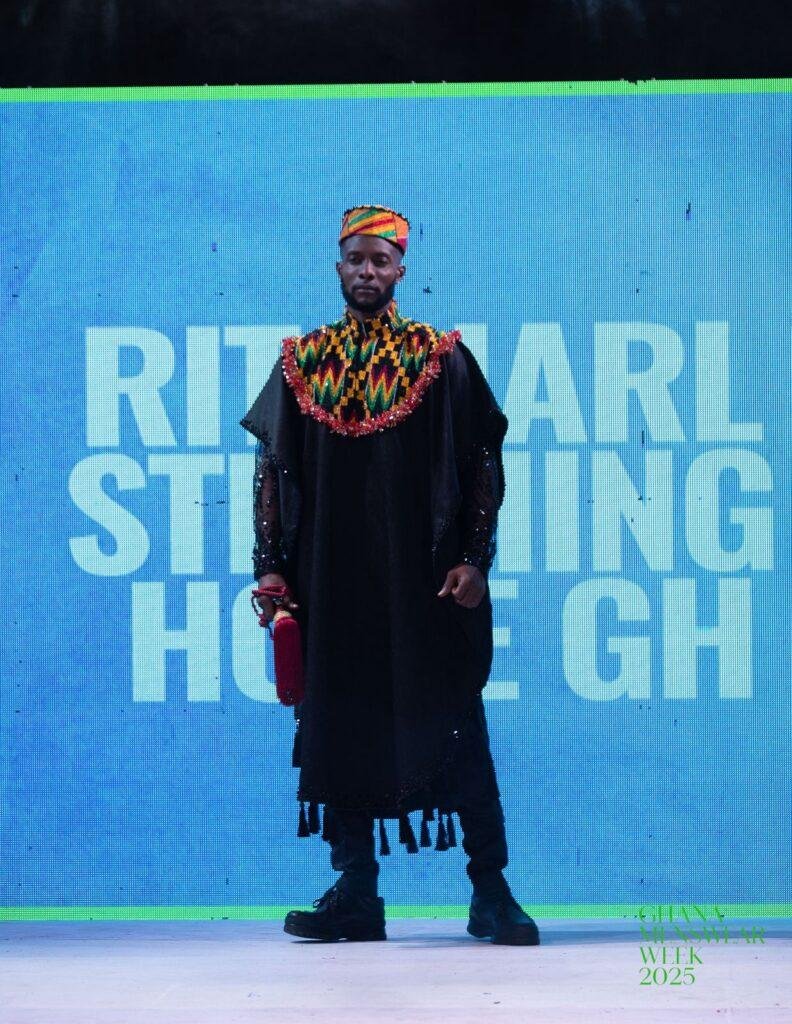
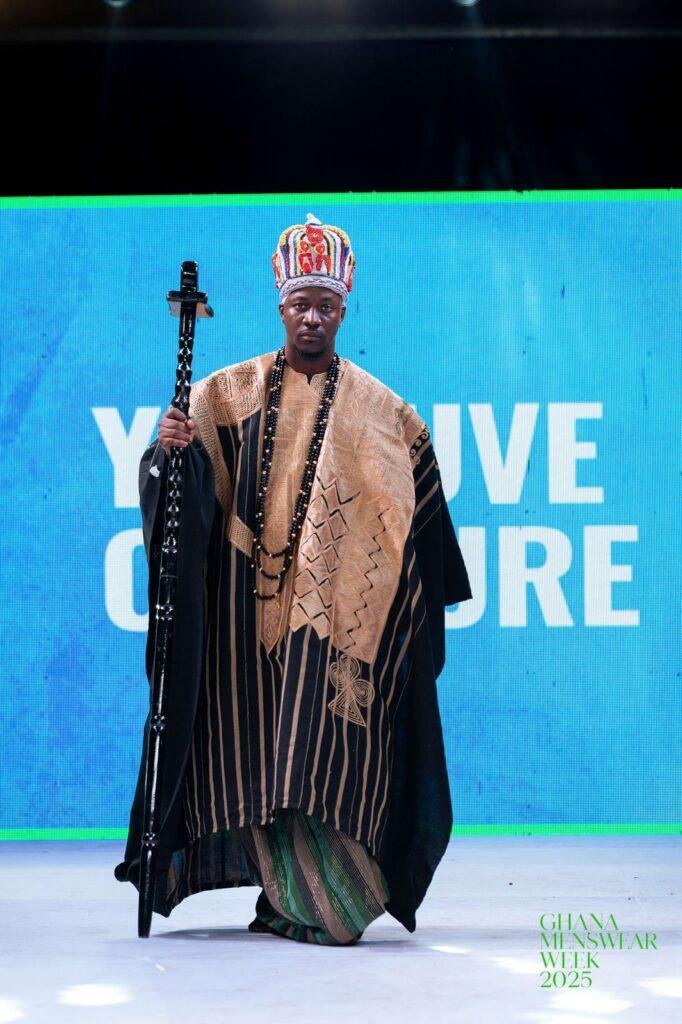
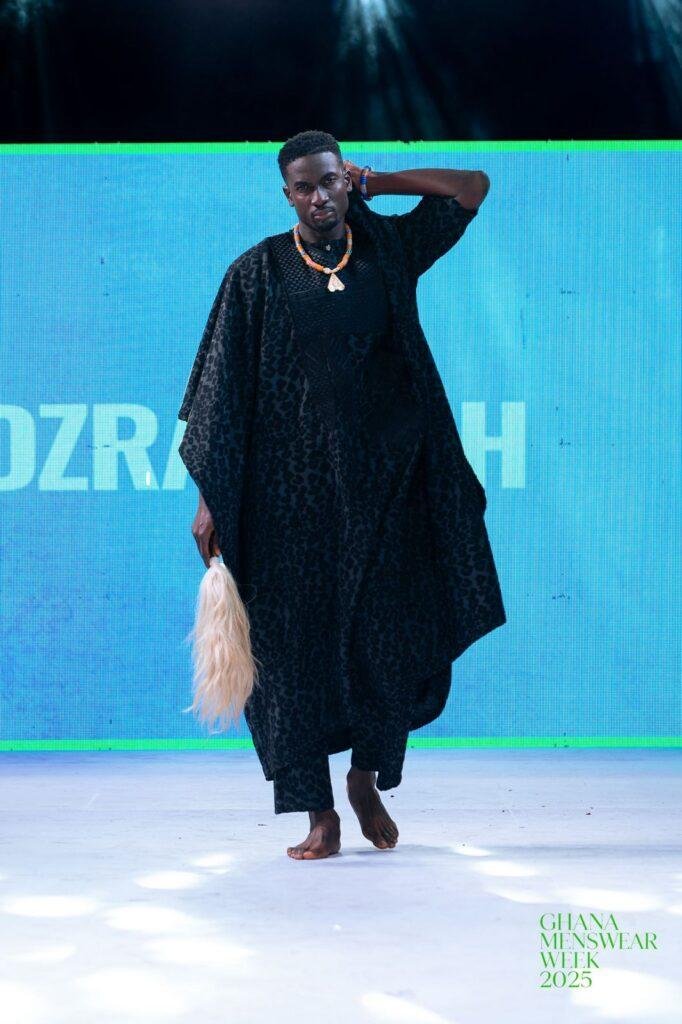
By Spectator Fashion Desk
Fashion
Cargo trousers: A timeless wear
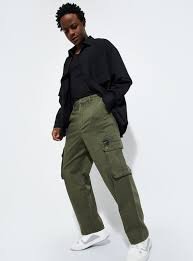
CARGO trousers, once for soldiers and outdoor workers, have become a symbol of both functionality and style in modern fashion.
The multiple deep pockets have made a comeback and a global street wear trend.
Today designers are reinventing cargo with slimmer cuts, lighter fabrics and vibrant colour to suit any outfit.
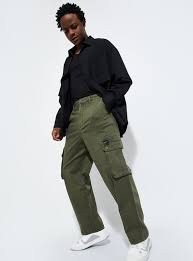
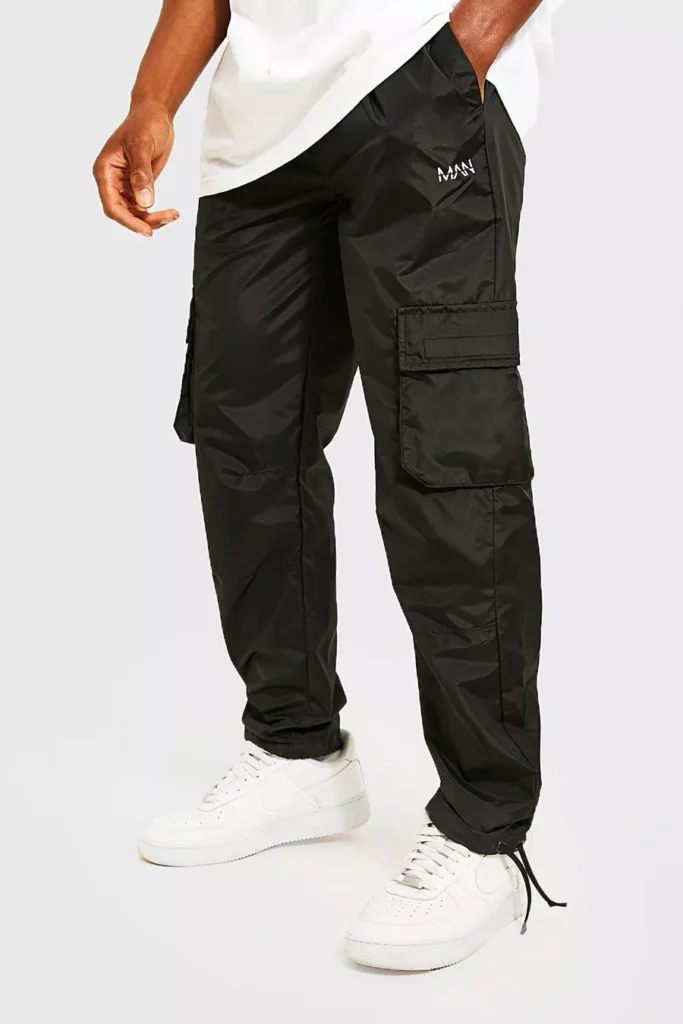



The comeback of cargo trousers have been embraced by celebrities, models and young people who value both comfort and versatility.
Cargo trousers are spotted in workplaces, campuses and social events paired with sneakers or heels depending on the occasion.
Check out some designs
By Linda Abrefi Wadie
Join our WhatsApp Channel now!
https://whatsapp.com/channel/0029VbBElzjInlqHhl1aTU27

 Profile6 days ago
Profile6 days agoAlbert Litela Obidiaba: The artist who wove Ghana’s soul into the King’s Baton

 News6 days ago
News6 days agoDaddy Lumba’s wife, children run to court to injunct December 6 funeral arrangements

 News1 week ago
News1 week agoPresident Mahama to meet Auditor-General, Chief Justice and Attorney-General over misuse of public funds






